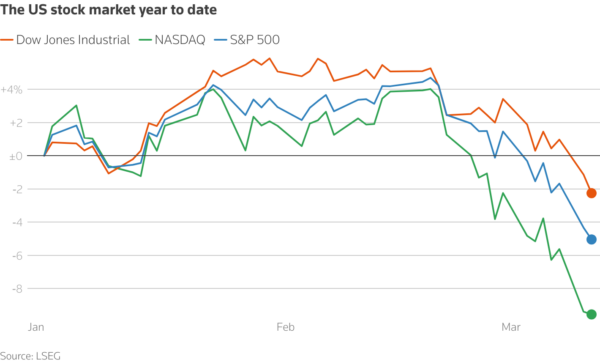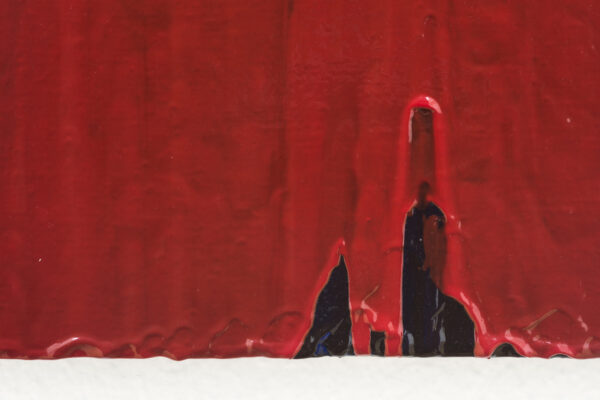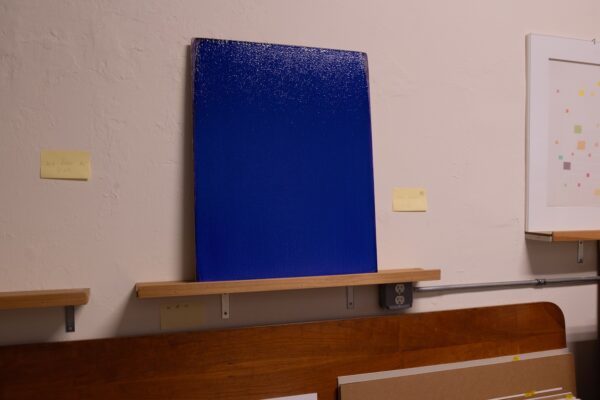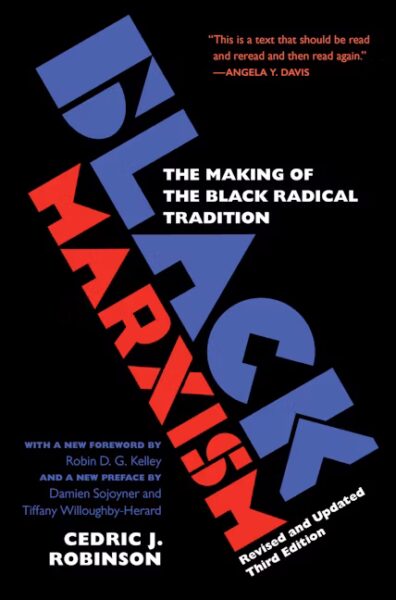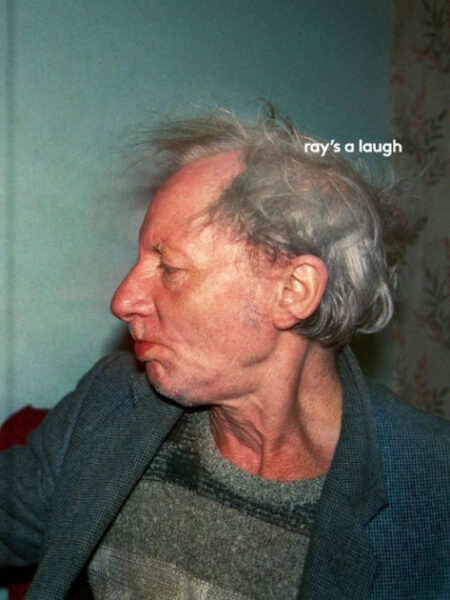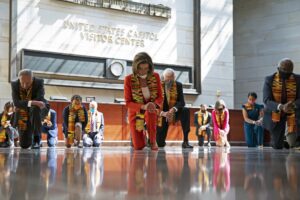
Revisiting Race, Politics, and Culture: A Symposium
Scholarship and popular memory has far too often taken on the role of hagiography or sought a pure and true 1960s spirit, “uncaptured” by elites and reflective of real, authentic radicalism. Rather than being critically analyzed as key nodes of causation in the defeat of an effective egalitarian politics and the subsequent turn toward reaction—as the contributors to Race, Politics, and Culture do, befitting the seriousness with which they took their charge as both scholars and political actors—the worst tendencies of sixties-era social movements are now almost religiously worshipped in nominally left organizing and thought.

